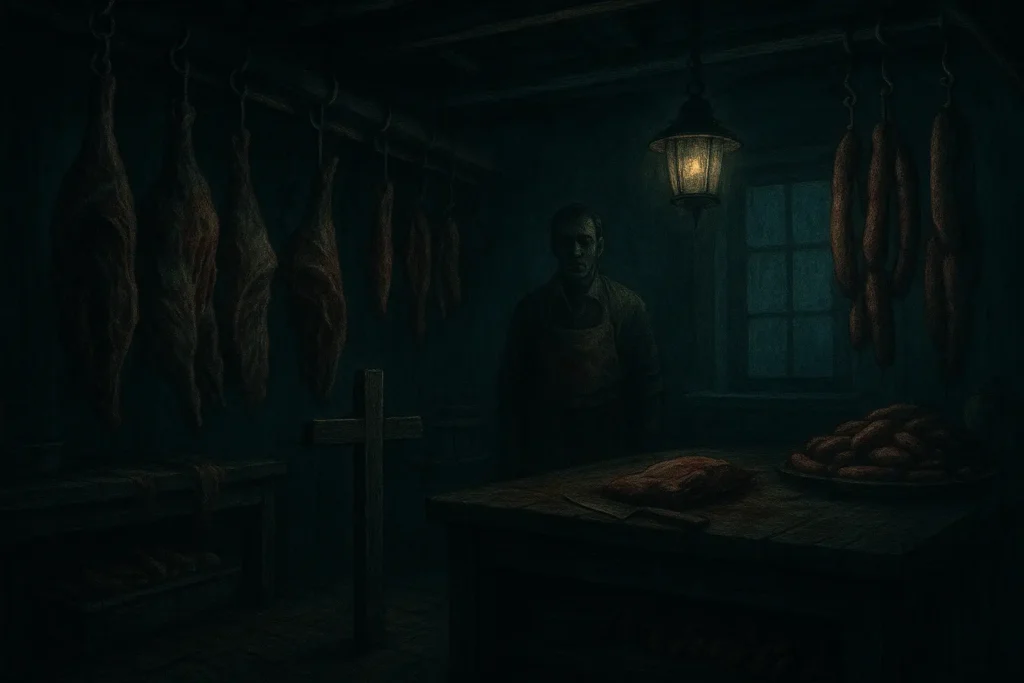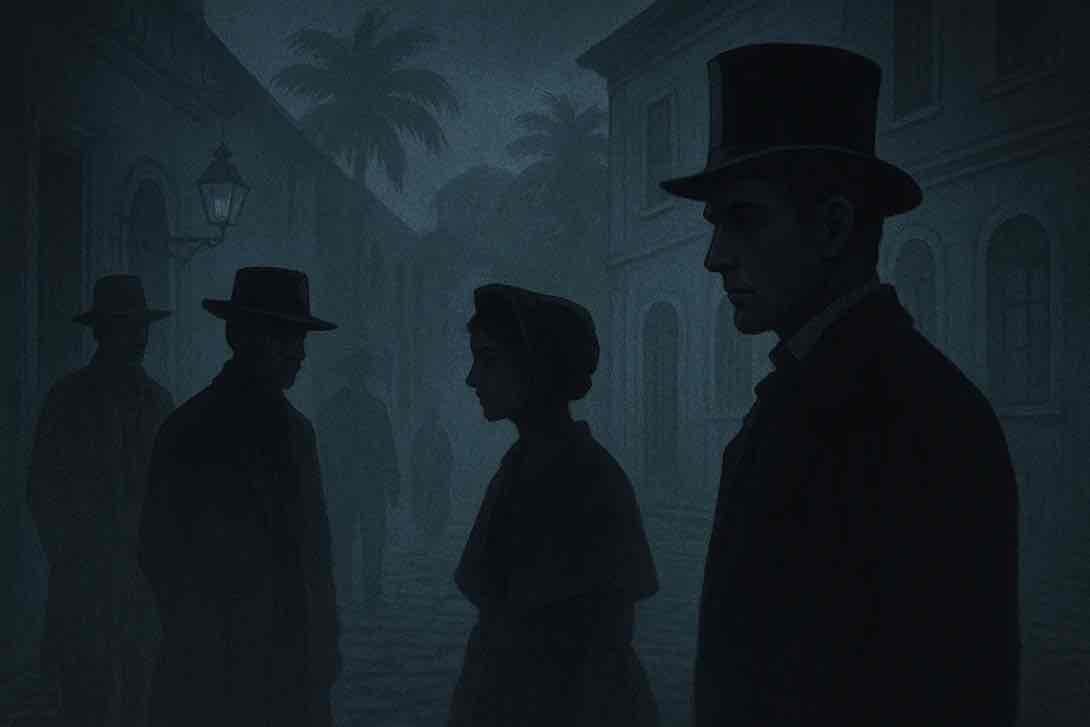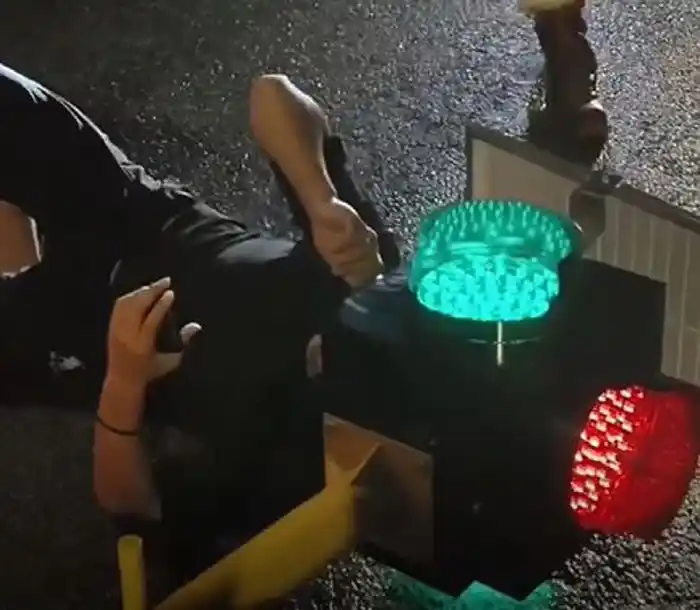The Human Sausage Case in Brazil is one of the strangest and most chilling stories in South American history. Taking place in Porto Alegre between 1863 and 1864, the crime involved murder, robbery, and gruesome rumors of cannibalism. More than 150 years later, it remains an unsettling blend of fact and folklore—earning its place as one of South America’s darkest legends.
Also read: A Surreal Journey Through the Weird Landmarks in Belgium You Must See
The Killers on Rua do Arvoredo
At the center of the Human Sausage Case in Brazil were José Ramos, a former police officer of German descent, and his partner Catherine Nebel, a German immigrant. Along with an accomplice, Carlos von Kosel, a butcher, they lured unsuspecting European migrants and traveling merchants into their home on Rua do Arvoredo in Porto Alegre.
Victims were robbed, killed, and dismembered. What made the case infamous, however, was the allegation that their flesh was used to make sausages, which were then sold to unsuspecting neighbors.
The Human Sausage Case in Brazil Allegation
Court records confirm the murders, but the cannibalistic aspect is where the line between history and legend blurs. According to reports of the time, Ramos and Nebel mixed human flesh with pork to produce sausages. Some neighbors even claimed to have eaten the products without knowing their horrific origin [¹].
- Victims: Estimates range from 3 to 6.
- Method: Robbery, murder, dismemberment.
- Twist: Human flesh allegedly turned into sausages for sale.
This gruesome claim shocked Brazilian society and earned the case international infamy.

Fact or Folklore?
Historians debate whether the sausages were truly sold to the public. Some argue that newspapers sensationalized the case to stir public outrage and sell copies. Others maintain that the consistency of the testimonies suggests a disturbing reality.
Regardless of the truth, the Human Sausage Case in Brazil reveals how crime can be amplified by myth, turning a series of murders into one of the most grotesque stories in Latin American history.
Lasting Legacy
The case still lingers in Porto Alegre’s memory. Books, documentaries, and tours retell the story, mixing archival evidence with urban legend. The house on Rua do Arvoredo no longer exists, but the legend of the “human sausages” ensures the crime is never forgotten.
Conclusion
The Human Sausage Case in Brazil has endured as a tale where murder, cannibalism, and folklore collide. Whether the sausages were real or merely a terrifying rumor, the story reflects society’s fascination with horror and mystery. More than a century later, it remains South America’s darkest and most grotesque legend.
Also read: Zombie Rabbits with Horns! A Horrifying Phenomenon in Colorado.







